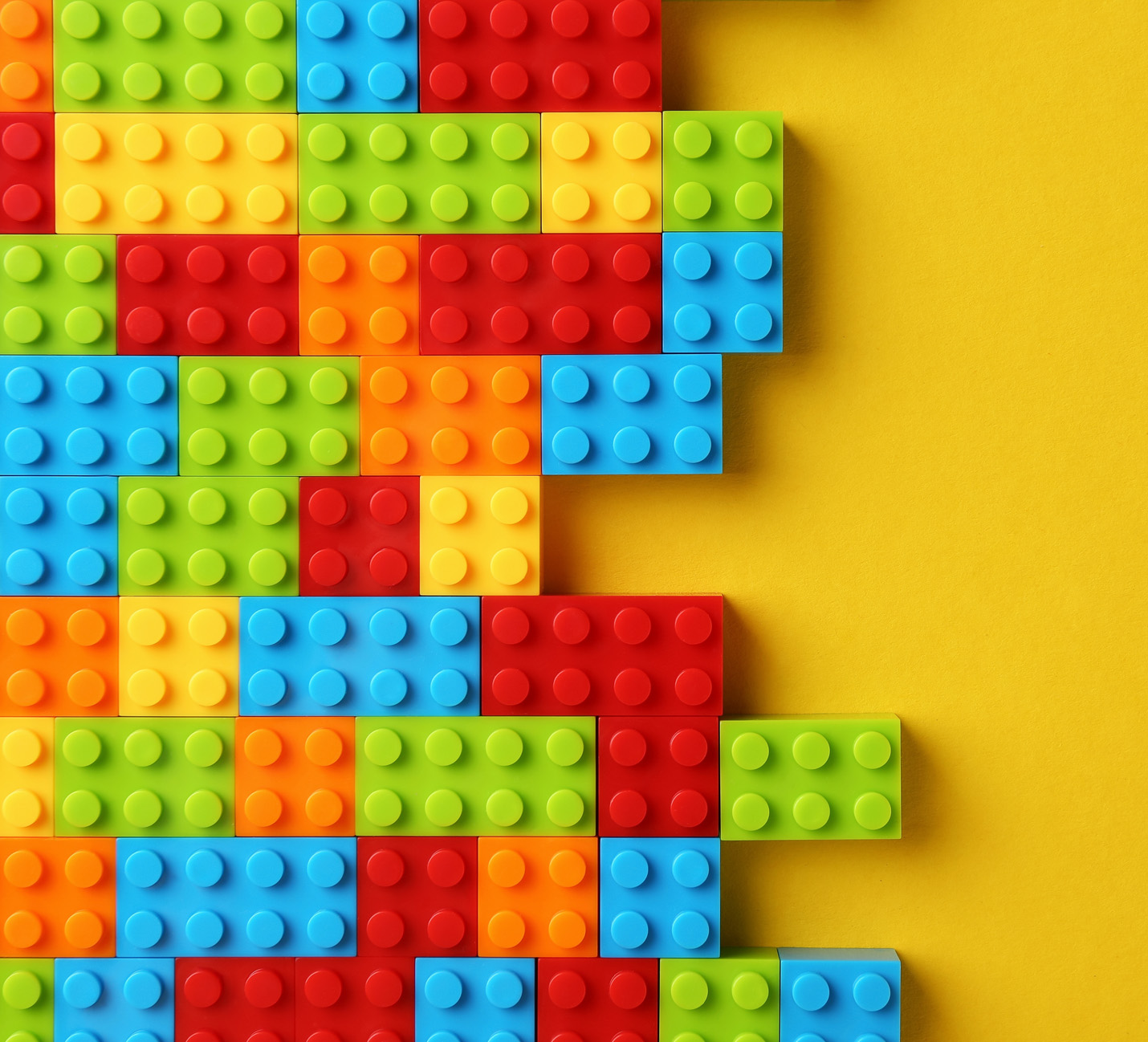Published on 17 March 2025
The UX Design ecosystem is in a moment of accelerated expansion, with the global industry expected to exceed 31 billion by 2030 according to Fortune Business Insights and maintains a steady growth trend.
Organisations are increasingly recognising the strategic value of design, making it a fundamental pillar of their digital operations. However, this growth poses a critical challenge: How to ensure scalability without overloading design and development teams and at the same time optimise the user experience? The solution lies in the design systems, which automate and streamline creative processes, boosting the quality and consistency of digital products.
Beyond being a simple collection of components and guidelines, a design system represents a structured approach to maximising operational efficiency. Its implementation allows designers to free themselves from repetitive tasks, enabling a focus on the strategic challenges that generate the most value. It is a comprehensive set of principles, foundations, components and guidelines that provide a solid infrastructure on which to innovate. By 2020, according to a Google study, around 80% of technology companies had already adopted these systems, and adoption is projected to grow steadily.
A common language that fosters collaboration
Design systems facilitate collaboration between multidisciplinary teams by providing validated and reusable components, allowing development, UX and business to work on a standardised design basis, reducing friction and speeding up production cycles. As a member of the Twitch design team points out: ‘The system covers 80% of the design and development requirements, allowing teams to concentrate on the remaining 20% of innovation’. This operational optimisation not only reduces costs, but also maximises organisational innovativeness.
The power of modular systems
Design systems are like a well-organised LEGO set. Instead of moulding each part from scratch, you have pre-defined, compatible blocks that fit together perfectly. This allows designers and developers to build innovative structures without worrying about every little detail. So instead of spending time making bricks, they can focus on designing castles, spaceships or entire cities efficiently, ensuring that everything is functional, cohesive and easy to use.
User Experience and brand impact
The effectiveness of a design system is directly reflected in the end-user experience. Proper implementation ensures intuitive interfaces, visual consistency and a homogeneous brand identity. In addition to improving operational efficiency, a well-structured system mitigates errors, reduces the need for rework and allows teams to focus on continuous improvement. All this leads to an optimisation of the user's perception and greater loyalty to the product.
The future of design: an efficient and innovative revolution
Design systems are not just tools; they are catalysts for a digital revolution. They promise us a world where creativity merges seamlessly with automation, where every pixel has purpose and every interaction is carefully orchestrated. These systems radically transform operational efficiency, elevate the user experience to new heights, and unlock unprecedented scalability potential. They are the bridge that connects teams, improves quality, reduces costs and fosters innovation. In essence, design systems don't just enhance digital design; they redefine business value in the digital age.
In an environment where technology is a critical enabler of business strategy, the future of design lies in the ability to optimise processes without losing sight of user-centricity and the potential of creative teams.






